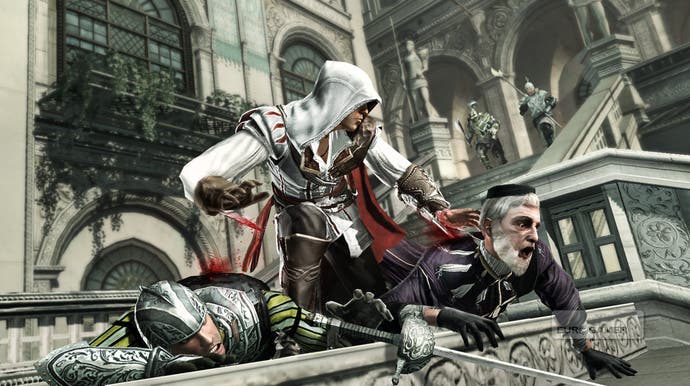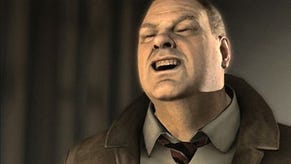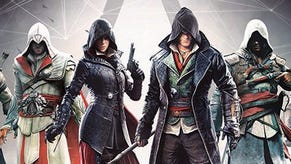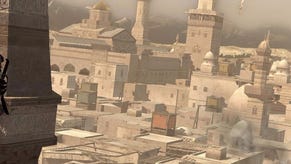Assassin's Creed II
Past master.
Assassin's Creed was a game where there was little you would go out of your way to do, so you rarely went out of your way. The biggest and most important change is that the sequel is completely the opposite. It's actually really difficult to steel yourself to focus on the story missions, because the cities of Florence, Rome and Venice, and the surrounding countryside, are so rammed full of desirable collectables that you can scarcely travel more than a couple of rooftops without diverting to take care of that tempting icon on the mini-map.
You collect money now. You receive it in payment for certain missions, but you can also gather it by locating glittering treasure boxes all over the country. You can buy maps that show where they are, and rather than cheapening the experience by giving the locations away, this drives you in their direction.
What steers your path is that the money can be spent on things you want. It powers character development by allowing you to purchase new armour and weapons, increasing your health and combat effectiveness. It also upgrades your home town, Monteriggioni. This is where Ezio ends up after the Pazzi Conspiracy first ensnares the Auditores, and he literally rebuilds it, feeding money to a local architect to renovate commerce and infrastructure. The town then starts to produce an income, which feeds back into character development, and the renovations also unearth secret areas where you can jump around to find more money.
Monteriggioni is also where you start to care about what's happening to Ezio, as your uncle Mario tells you a few home truths. You end up on all sorts of extra-curricular hunts. There are feathers. They're the flags from the first game, in effect, but now there's a compelling back-story to them. Then there are codex pages - the enciphered scribblings of Altair, which reveal a grand secret. Not only do they provide upgrades for your spring-loaded hidden blade once you pass them to your friend Leonardo da Vinci, but they can be rearranged like a jigsaw puzzle back at home base. You want to know what the jigsaw shows, so when you see an icon on the map you go after it.

The Scooby Gang, meanwhile, justify themselves with the glyphs, and these are the most exciting bits of all. They're little snippets of video hidden behind simple riddles and puzzles, and when you've unlocked all of them they promise they will tell you "The Truth" about the Animus and the whole goddamn conspiracy. They've been encrypted and hidden on the sides of buildings throughout the Animus' digital version of Italy by a former test subject who went a bit mad and seems to be dead.
There's more about him, too, and Altair, and as it crosses over into the present you're hooked again. The layers gradually coalesce until you've gone from thinking you know everything at the outset to realising you know almost nothing, and that every detour and extra collectable is another step towards finding out what's really going on. Like the first game, Ubisoft makes sure that there are big mysteries in the past and the present, but unlike the first game it uses those mysteries to make the things you do most often more meaningful and fun.
When you do eventually get where you're going, being an assassin is structured more like a Grand Theft Auto game. You go to mission icons on the map and receive instructions, and most of the tasks you perform are unpredictable, imaginative and often slick, even when they resemble things you used to do in the first game and even though the mechanics are roughly the same.








